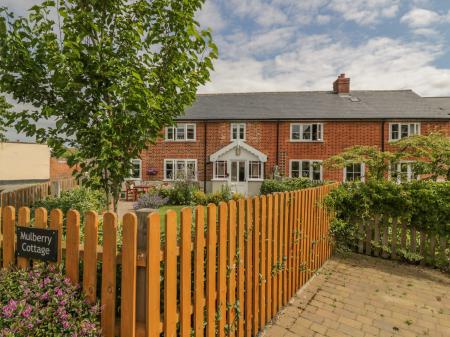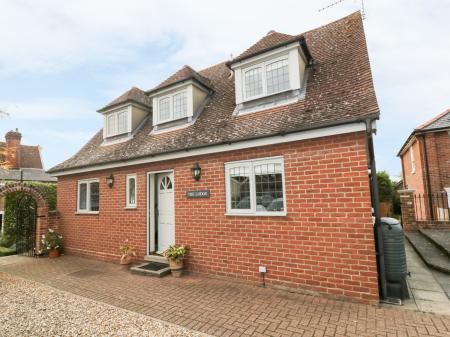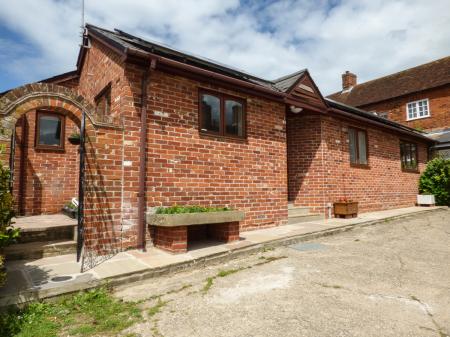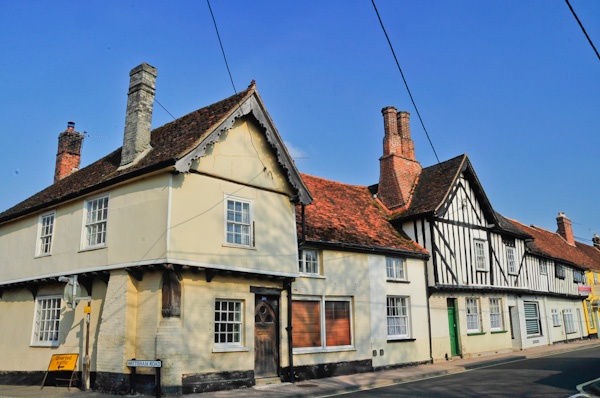
A church was recorded, presumably on the site of the current church of St Mary Magdalene, high on the hill overlooking the current village.
The early Norman church was rebuilt in the 13th century by Lady Helewise de Gwerres (or Grivenes). The moated manor house of Bildeston Hall stood near the church.
But why is the church so far from the village? In 1264 Matthew de Loveyne, lord of the manor, was granted the right to hold a market on the road that ran along the valley between Stowmarket and Hadleigh. It seems likely that the original village on the hilltop gradually moved down the hill to the valley floor, to be near the market.
In time only the manor and the church stood atop the hill, and now only the church remains. The market lasted until 1872, though in its last years it was a pretty paltry affair, and in its final iteration consisted of only 1 stall.
During the 15th and 16th centuries, the village became prosperous due to a burgeoning industry in dying and broadcloth weaving. The area around Duke Street and Chapel Street (just off the Market Place in the centre of the village) housed shearers, dyers, spinners, clothiers, and weavers. This area now boasts some wonderful timber-framed buildings and well repays a stroll about.
Duke Street was the scene of an interesting incident in 1883. Inhabitants heard a strange noise from a well belonging to a group of cottages on the street. When they investigated they found that a woman had fallen down the well, which was about 15 feet deep and very narrow.
The unfortunate woman was successfully rescued, with nothing more than scrapes and bruises and, I suspect, something of a sore head, for as the local newspaper said 'it is reported that the Whitsuntide festivities had something to do with the affair.'
The village is centred on the market place, where a striking, three-stage Clock Tower stands. This was built in 1864 of red brick, and funded by a combination of public subscription and by the sale of a charity property. It is a fairly early example of a civic free-standing clock tower. Look around the market place - as of this writing, every building is 'listed'; a recognition of historic value and interest.
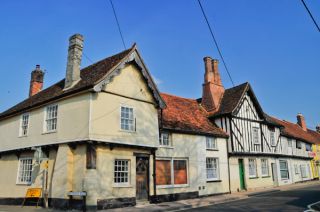
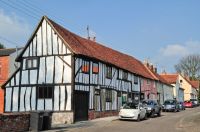
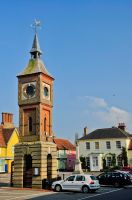
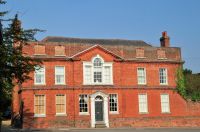
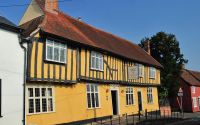
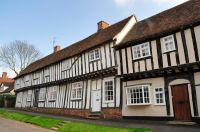
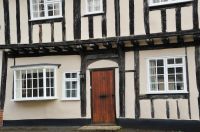
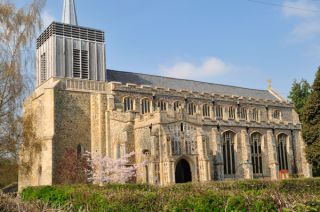
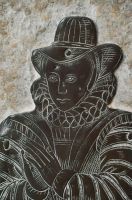
 We've 'tagged' this attraction information to help you find related historic attractions and learn more about major time periods mentioned.
We've 'tagged' this attraction information to help you find related historic attractions and learn more about major time periods mentioned.